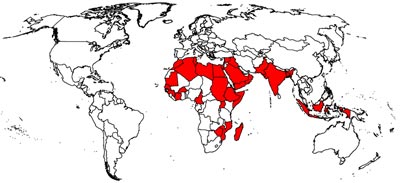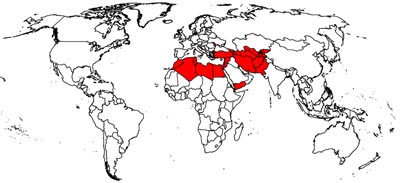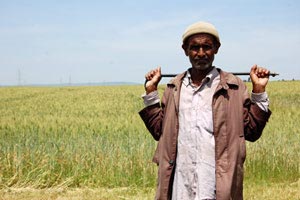When food prices rise, people go hungry. Hunger leads to anger, social unrest, and protests such as those seen in 2008 and 2011 in Africa, the Middle East, Asia, and the Caribbean.

The poor are most vulnerable to these price rises, as they spend a greater proportion of their earnings on food. However, contrary to popular belief, many of these people do not depend on maize, rice, or cassava – they grow and eat wheat.

In the developing world, wheat is the second most important food crop after rice. It is food for 2.5 billion people, and for more than 1 billion people living on less than $2 per day. In Egypt, for example, where more than 1 in 5 people live in poverty, wheat provides 35% of their daily calories, and almost 40% of their protein requirements.
Wheat also provides income for farmers in more than 80 developing countries, and CIMMYT believes that there is great potential for more countries to grow more, disease resistant and high yielding, wheat – without increasing the total land area under cultivation. CIMMYT strives to help developing countries to increase their wheat production at a rate that allows land to be freed for other crops. Through increased adoption of improved wheat varieties, better agronomic practices, and effective post-harvest storage, farmers and consumers in developing countries could develop sustainable food systems, become less dependent on imports, and more resilient against food price rises.
 |
 |
 Nutrition, health and food security
Nutrition, health and food security 
